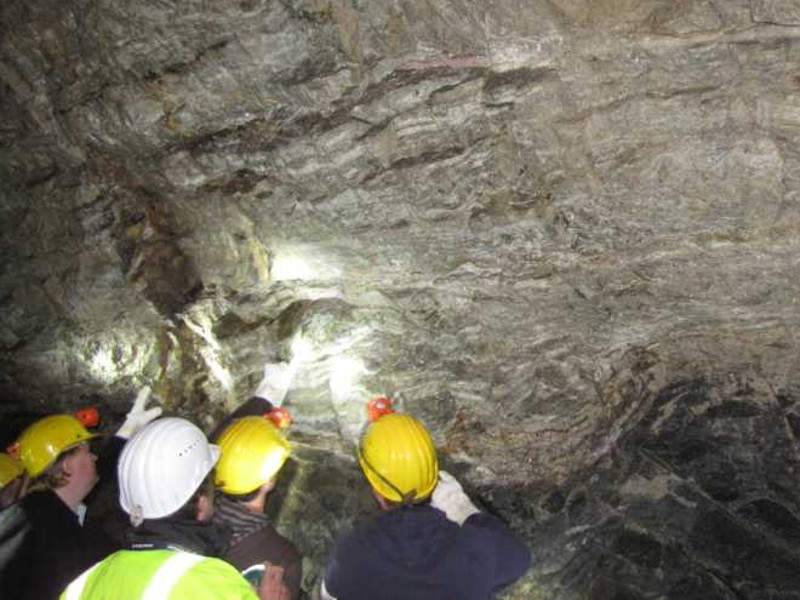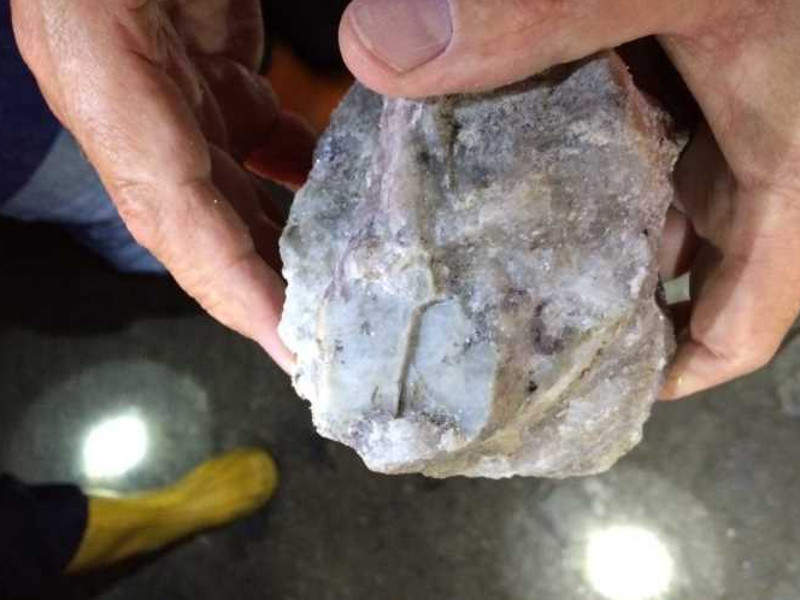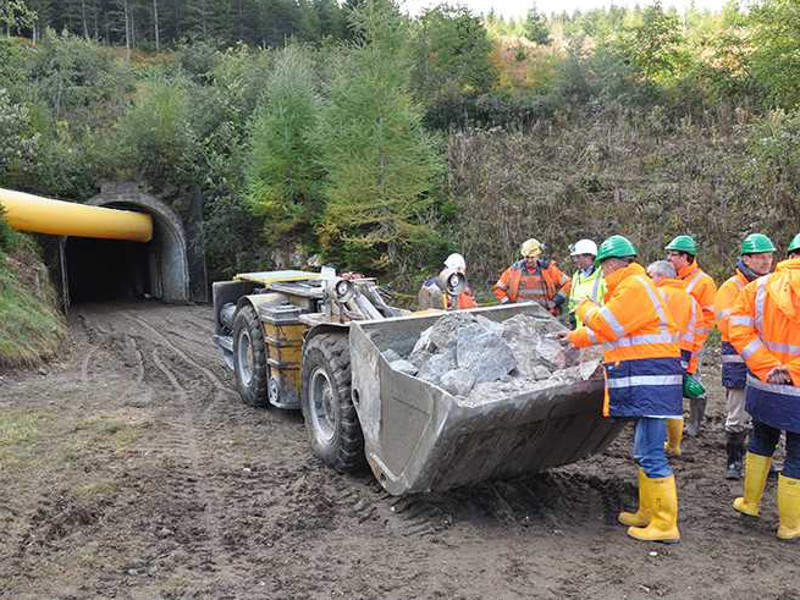The Wolfsberg lithium project is an underground mine situated approximately 270km from Vienna, Austria.
The project is being developed by European Lithium and is estimated to produce 10,000t of lithium hydroxide (LiOH) a year. It is anticipated to operate at a mining rate of 800,000 tonnes per annum (tpa) over its mine life of more than ten years.
The pre-feasibility study (PFS) for the mine was concluded in April 2018, which demonstrated a project pre-tax net present value (NPV) of A$441.9m ($315m). The definitive feasibility study (DFS) commenced in the third quarter of 2018 and is scheduled to be completed by April 2019.
Construction of the lithium project is anticipated to start in 2019, with first lithium hydroxide expected to be produced by late-2021.
Wolfsberg lithium project location and geology
The Wolfsberg lithium project comprises 54 exploration licences and a mining licence containing more than 11 mining areas.
Spodumene-bearing pegmatites occur in a regional anticline in veins intruding into the amphibolite and mica schist host rocks concordant with their foliation. The northern limb of the anticline, known as Zone 1, comprises a uniformly striking strata dipping towards the northeastern direction at an average of 60°.
The ore body of the zone remains open along strike and has intersected lithium-bearing pegmatite veins with a width of up to 5.5m. Zone 2 is the southern limb of the anticline and is classified as an exploration target.
Drilling activities at the project intersected numerous pegmatite veins, of which 15 were identified to be economically significant based on vein width, lithium grade and persistence.
Reserves at the Austrian lithium mine
The Wolfsberg lithium project is estimated to contain JORC-compliant proven and probable reserves of 7.44Mt containing 52,900t of Li2O.
Mining at Wolfsberg lithium project
The longitudinal long hole open stoping method of mining will be applied at the Wolfsberg lithium project.
Access to the mine will be through a 5m² adit connecting to a main decline in the competent amphibolite. Sublevels will be arranged at every 25m for effective mining, while cross-cuts will be arranged at every 25m from the decline to intersect all the veins.
Run-of-mine ore will be transported to a two-stage underground crushing and sorting unit by using remote loaders and 30t trucks. The crushed/sorted product will be hauled to the surface plant through a second decline.
The crushed ore (+8mm) will be sorted in two stages by using lasers and waste will be rejected. The accepted material will be mixed with the -8mm material and undergo two further stages of crushing before being transported to the surface.
Ore processing
The crushed ore will pass through reflux classifiers, which will remove mica. It will then undergo attrition scrubbing, magnetic separation, flotation, and spodumene flotation processes to produce a 6% Li₂O concentrate.
The flotation tailings will pass through the feldspar flotation process to recover a feldspar concentrate, followed by the scavenging of tailings to produce a quartz concentrate. The resultant feldspar and quartz concentrates will be thickened, filtered, and dried before transporting to the customers.
Spodumene concentrate will be thickened, filtered and trucked to the hydrometallurgical plant, where it will be converted into battery-grade lithium hydroxide using the conventional acid roast process.
Funding
European Lithium has received A$10m ($7.14m) in financing from MEF I, L.P. (Magna) for completing the DFS of the project. The company has issued convertible securities to Magna for raising the funds.
Infrastructure
Access to the lithium project is through an existing 18km-long surfaced road from Wolfsberg.
The power supply required by the project will be provided by local utility Kelag, through an underground cable from the Wolfsberg substation.
Natural gas for the flash calciner of the hydrometallurgical plant will be sourced from the nearby natural gas transmission line.
Contractors involved
The Mineral Corporation was engaged in determining the scope of work for the DFS and is being supported by DRA Global (DRA) and SRK Consulting.
DRA prepared the pre-feasibility study of the project, along with participation of other lead consultants such as Dorfner Anzaplan, Benchmark Minerals Intelligence, and Orykton Consulting.
SRK drafted a scoping study on the mining and geotechnical aspects of the lithium project, as well as undertook the mine design and declaration of mineral reserves as part of the PFS.
GEO Unterweissacher and Mine-it drafted the lithological models of Zones 1 and 2 of the Austrian project.






